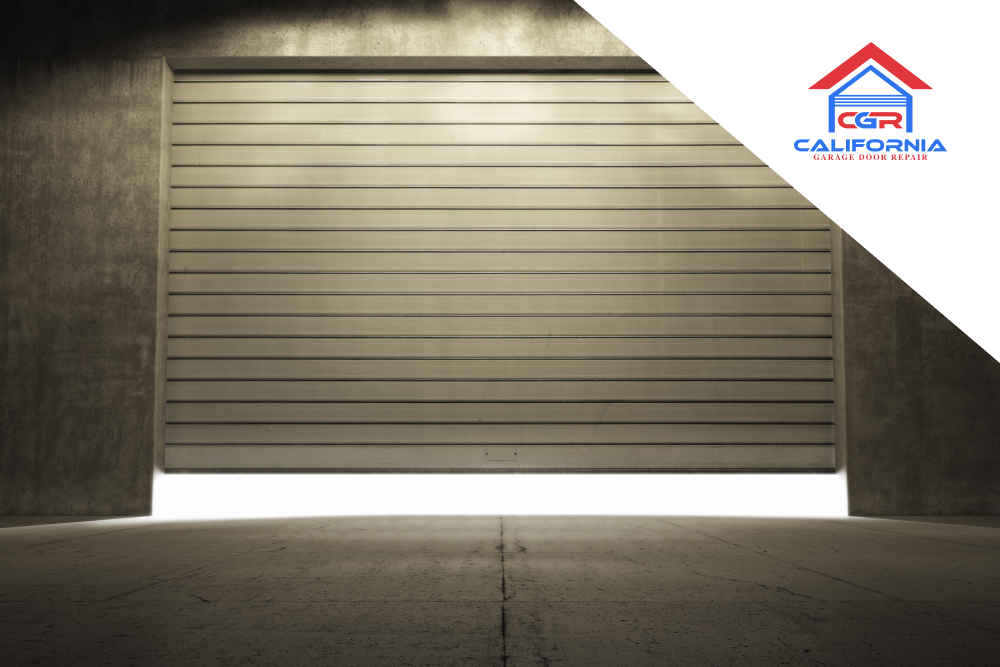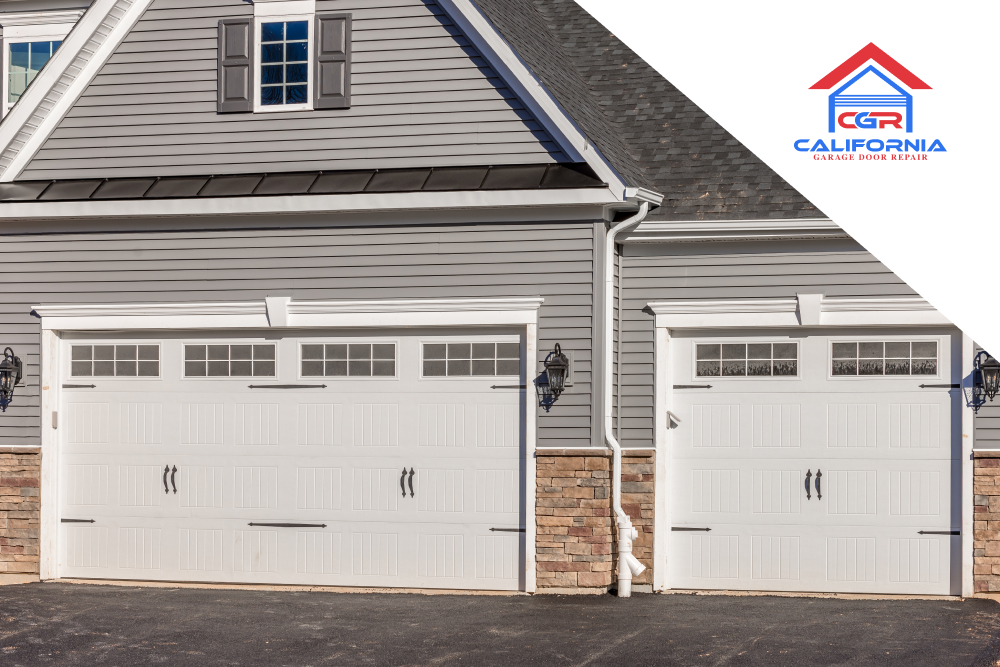A garage door might seem like a straightforward addition to your home, but understanding the intricacies of its cost is crucial. In this guide, we’ll delve into the question on everyone’s mind: How much is a new garage door?
Buckle up as we navigate through the factors influencing the cost, the installation process, additional considerations, and why California Garage Door Repair should be your go-to choice.
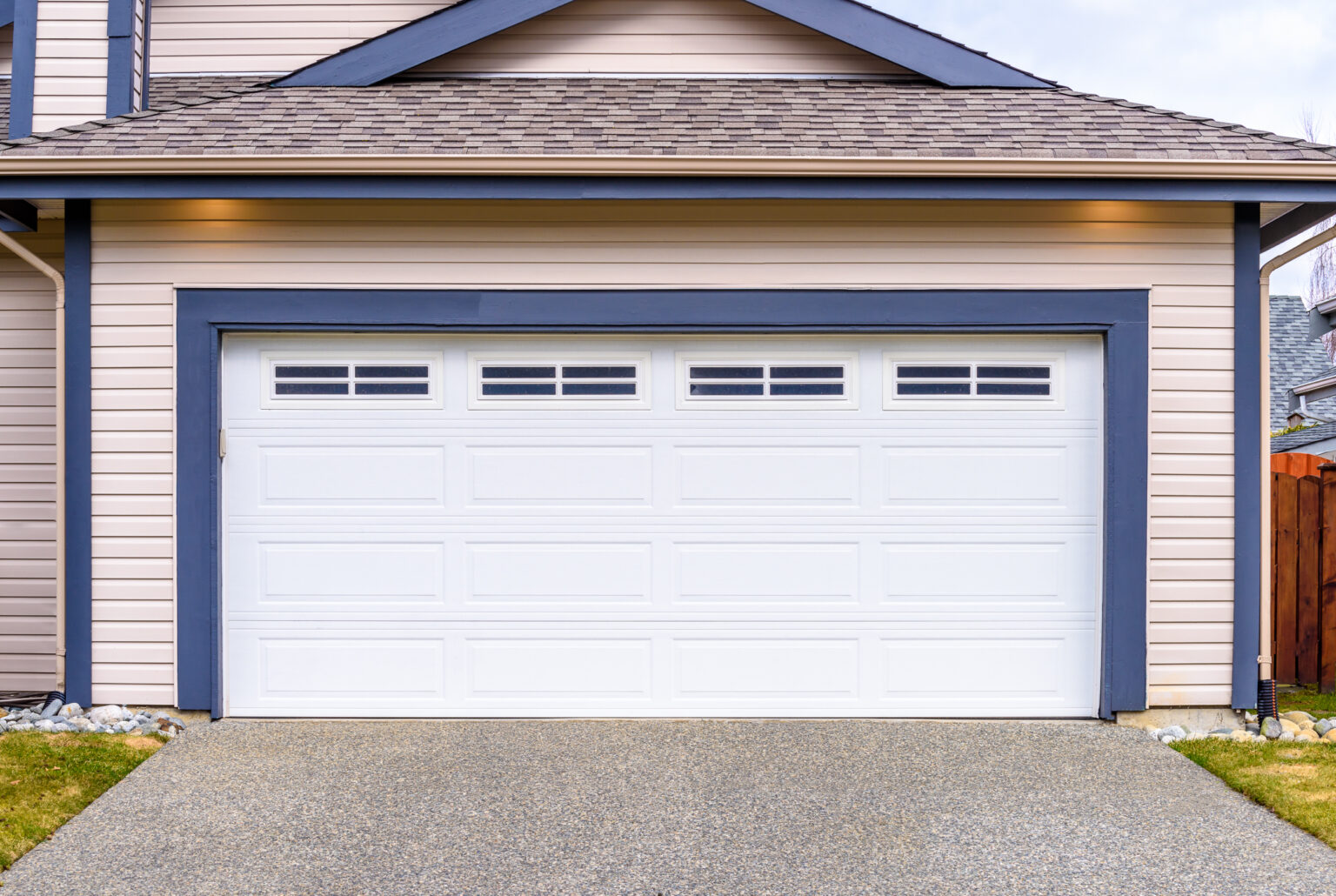
Factors Influencing the Cost of a New Garage Door
When diving into the question of “How much is a new garage door?”, understanding the intricacies of various factors is essential. Let’s dissect the key elements that significantly influence the cost of your garage door, ensuring you make an informed decision aligned with your preferences and budget.
1. Material Selection
The material you choose for your garage door is a major determinant of its cost. Each material option—steel, aluminum, and wood—brings its own unique attributes and price points to the table.
- Steel: Known for its durability and low maintenance, steel garage doors are often a cost-effective choice. They offer robust protection against the elements and can withstand the test of time without breaking the bank.
- Aluminum: If a lightweight, corrosion-resistant option is on your radar, aluminum might be your material of choice. While generally less expensive than wood, aluminum garage doors provide a sleek and modern aesthetic.
- Wood: For those seeking a classic and timeless look, wood garage doors are unparalleled. However, this aesthetic appeal comes at a higher price, as wood doors often require more maintenance and come with a steeper initial cost.
2. Size Variations
The dimensions of your garage door, whether standard or custom, contribute significantly to the overall cost. Standard sizes are more budget-friendly, as they are mass-produced and readily available. On the other hand, opting for a custom-sized door to fit non-standard garage openings involves additional manufacturing costs.
- Standard Sizes: These doors, produced in standard dimensions, are more cost-effective due to streamlined production processes and increased availability.
- Custom Sizes: If your garage has unique dimensions, a custom-sized door ensures a perfect fit. However, be prepared to invest more, as customization involves additional materials and labor.
3. Insulation Options
Insulating your garage door is not just about temperature regulation; it also impacts the overall cost. While insulation adds to the upfront expense, it brings long-term benefits in terms of energy efficiency and climate control.
Insulated garage doors contribute to better temperature regulation inside the garage, potentially reducing heating and cooling costs. They also provide sound insulation, making your garage a more comfortable and versatile space.
4. Design and Aesthetics
The visual appeal of your garage door, including design complexities and aesthetic enhancements, influences its final cost. Intricate designs, unique finishes, and additional features elevate the price tag.
- Basic Designs: Simple, straightforward designs are generally more affordable. These doors focus on functionality rather than intricate details.
- Aesthetic Enhancements: Opting for decorative elements, unique finishes, or custom designs will increase the overall cost. However, these features can transform your garage door into a statement piece, enhancing your home’s curb appeal.
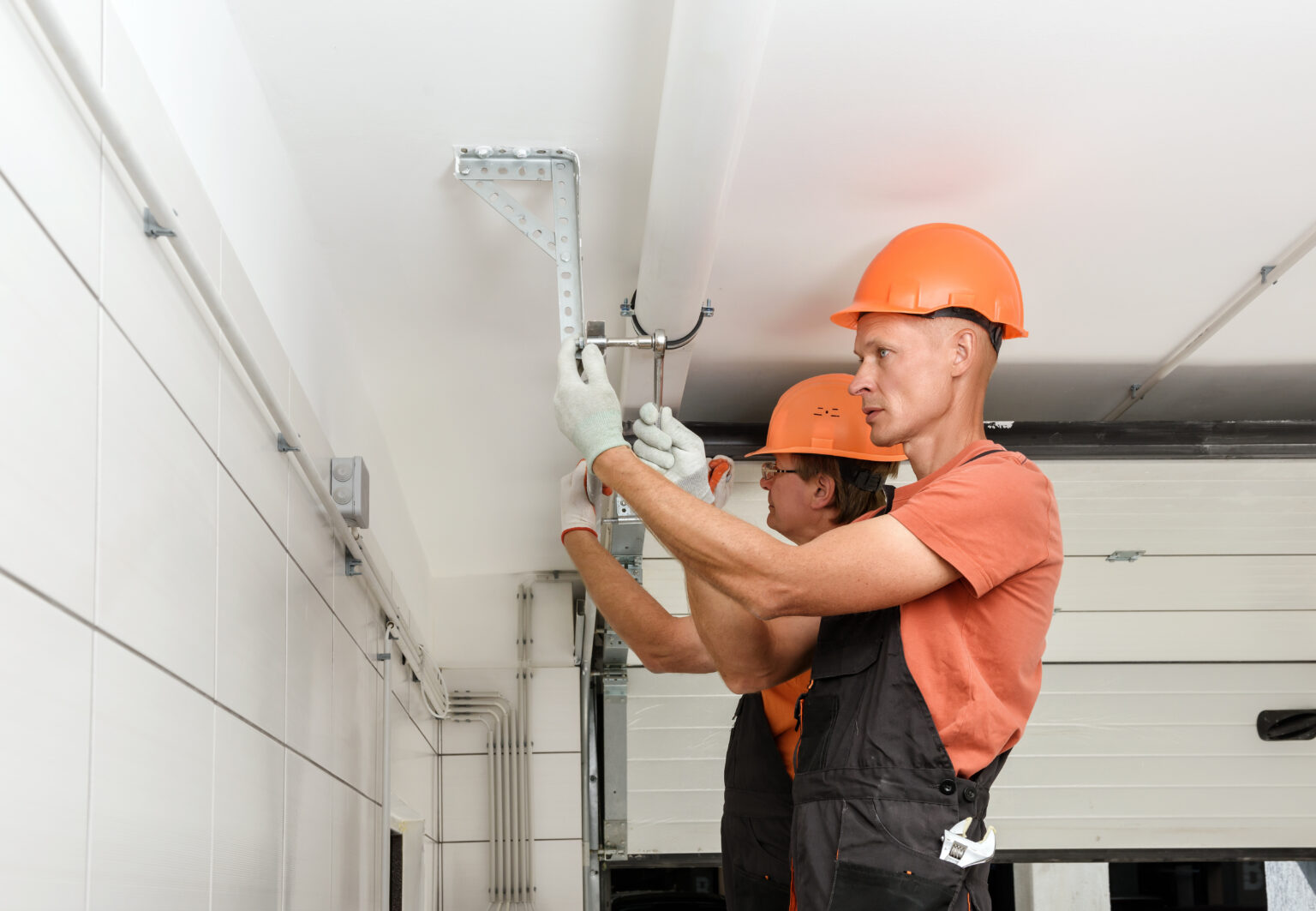
Average Cost Range for a New Garage Door
The garage door prices depend on the factors we’ve explored. A homeowner opting for a stylish, custom-sized wooden door with top-notch insulation might find themselves at the higher end of the cost spectrum.
Understanding the nuances of installing a new garage door is key to managing expectations and budgets effectively. On average, homeowners can anticipate the average price for garage door replacement to range from $600 to $4000. This doesn’t even include the garage door installation service costs.
Additional Costs to Consider
When embarking on the journey of a new garage door installation, it’s crucial to anticipate more than just the cost of the door itself. Let’s delve into the additional elements that can significantly impact your overall expenditure on garage door cost with installation.
- Removal of the Old Door: Before the shiny new door can take its place, the old one must gracefully exit the scene. The removal process involves not only detaching the existing door but also responsibly disposing of it. This task requires both time and expertise, factors that contribute to the overall cost. While bidding farewell to the old might seem sentimental, it’s a necessary step in the transformative process.
- Replacing Hardware: A new garage door installation is an opportunity to evaluate and upgrade the hardware that supports its functionality. This includes hinges, springs, rollers, and tracks. Replacing outdated or worn-out hardware ensures that your new door operates smoothly and minimizes the risk of unexpected malfunctions. While this might be considered a behind-the-scenes investment, it’s a crucial component of the holistic approach to garage door installation.
- Installing an Opener: Garage door openers are more than just a convenience; they are a necessity. The cost of a new garage door often includes the installation of an opener, which not only enhances the ease of access but also contributes to the overall security of your home. From belt-driven to chain-driven systems, the type of opener you choose can impact the cost, but the added convenience is often well worth the investment.
- Labor Costs: Behind every successful new garage door installation is a team of skilled professionals. Labor costs encompass the expertise required to measure, fit, and secure the new door in place. It also accounts for the precision needed in handling the removal of the old door, installing hardware, and configuring the opener. Choosing a reputable installation service ensures that the labor costs contribute to a seamless and worry-free process, sparing you from potential headaches down the road.
Garage Door Installation Process
DIY garage door installation is not a mere task; it’s a meticulously orchestrated process that unfolds in several critical steps. Each phase requires precision to guarantee not only immediate functionality but also the long-term durability of your investment.
1. Initial Assessment
The journey begins with an in-depth assessment of your garage space. Professionals meticulously measure the dimensions, taking into account the width, height, and available headroom. This crucial step ensures that the new garage door will seamlessly fit into the existing structure, avoiding any potential issues down the road.
2. Material Selection
With measurements in hand, the next step involves selecting the appropriate materials for your garage door. The choice of material – whether steel, aluminum, wood, or others – influences the aesthetic appeal and overall durability and maintenance requirements. This decision is pivotal in shaping the door’s resilience against various weather conditions and daily wear and tear.
3. Framing Preparation
Once the material is chosen, the framing stage begins. This involves preparing the structure to accommodate the new garage door. This includes reinforcing the frame, ensuring it can withstand the weight and stress of the door over time. Adequate framing lays the foundation for a secure and stable installation.
4. Installation of Tracks and Rollers
Tracks and rollers form the backbone of a smoothly functioning garage door. During installation, precision is paramount.
Tracks are mounted on the sides of the door opening, providing a guided path for the door to move. Rollers are then securely attached to the door, ensuring it moves along the tracks with minimal friction. This meticulous installation guarantees the door’s smooth and efficient operation.
5. Panel Integration
The door panels, whether sectional or monolithic, are integrated during this phase. Each panel is carefully aligned and connected, forming a cohesive unit. Attention to detail at this stage ensures that the panels move seamlessly, contributing to the garage door’s overall functionality and aesthetic appeal.
6. Spring and Cable Installation
Balancing the garage door is critical for its proper functioning and longevity. Torsion or extension springs, along with cables, play a vital role in achieving this balance. The installation of these components requires expertise to ensure the correct tension, preventing issues such as uneven closing or opening and premature wear.
7. Opener Attachment
For automated garage doors, the installation of an opener is the final touch. The opener is securely attached to the ceiling, and its connection to the door is calibrated for optimal performance. This step not only adds convenience to your daily life but also contributes to your property’s overall safety and security.
8. Testing and Adjustments
With all components in place, a comprehensive testing phase follows. The door is operated multiple times to check for smooth movement, proper balance, and alignment. Any necessary adjustments are made to fine-tune the system, ensuring that it meets the highest standards of functionality and safety.
9. Final Inspection
Before the installation is considered complete, a thorough final inspection is conducted. This includes scrutinizing every element of the installation, from the framing to the smallest hardware. The installation is deemed successful only when every detail meets the stringent quality standards.
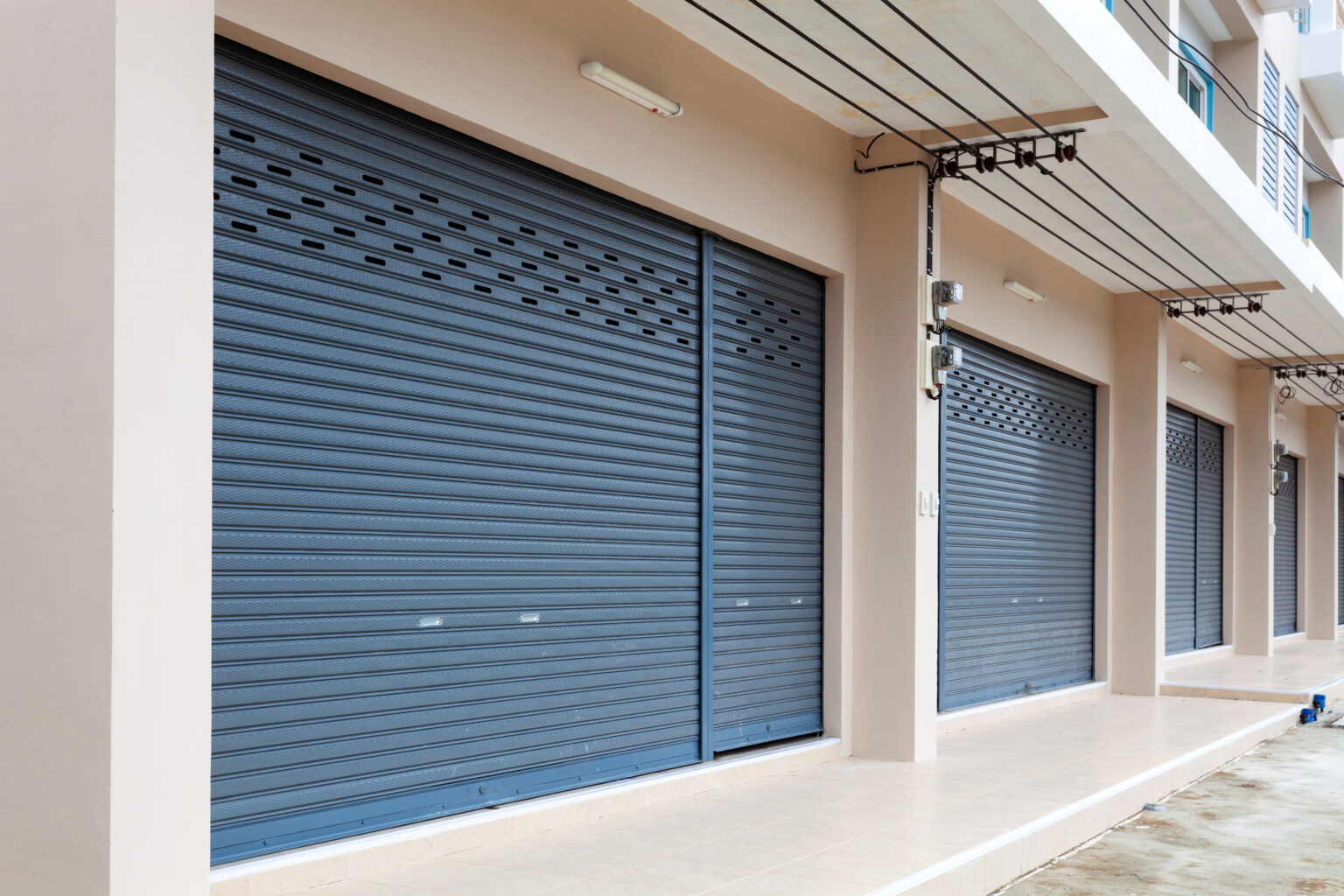
Thinking of Getting A New Garage Door for Your Home?
As you stand at the crossroads of upgrading your garage door, consider the price tag and the value embedded in the process. Your garage door is more than an entry point; it’s an integral part of your home’s functionality and aesthetic appeal. The installation process, from meticulous measurements to the final adjustment, ensures immediate functionality and a promise of longevity.
Yet, as you embark on this transformative journey, one name stands out amidst the multitude of choices: California Garage Door Repair. They aren’t just one of the many garage door replacement companies; they’re craftsmen of seamless installations and guardians of your investment.
Your garage door installation and repair journey doesn’t end here; it evolves into a seamless integration of quality, reliability, and unparalleled service. Trust California Garage Door Repair to turn this investment into a testament of lasting value.

